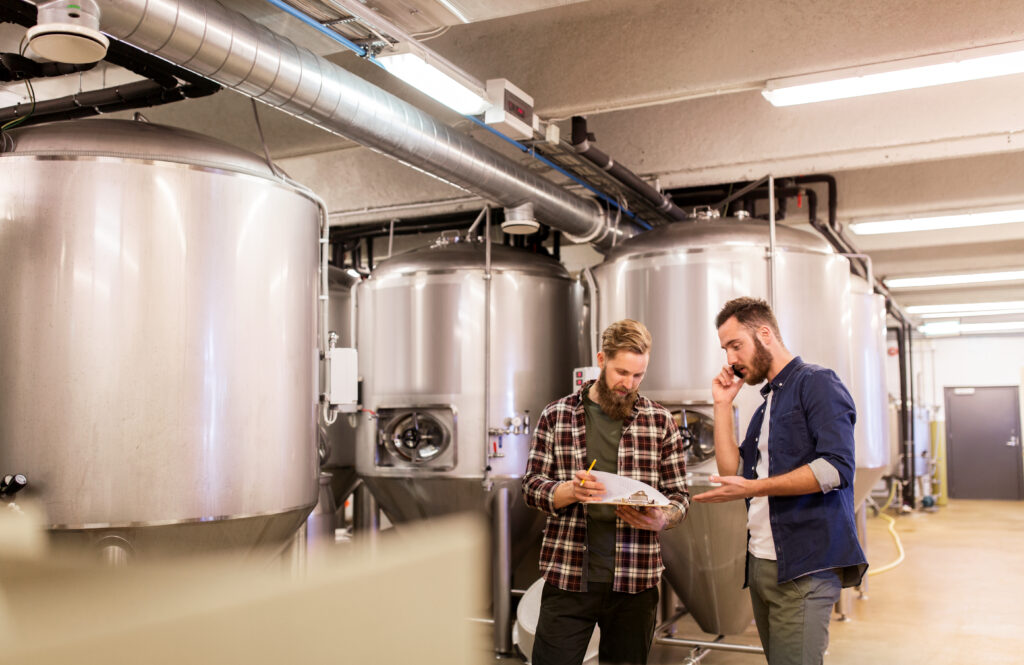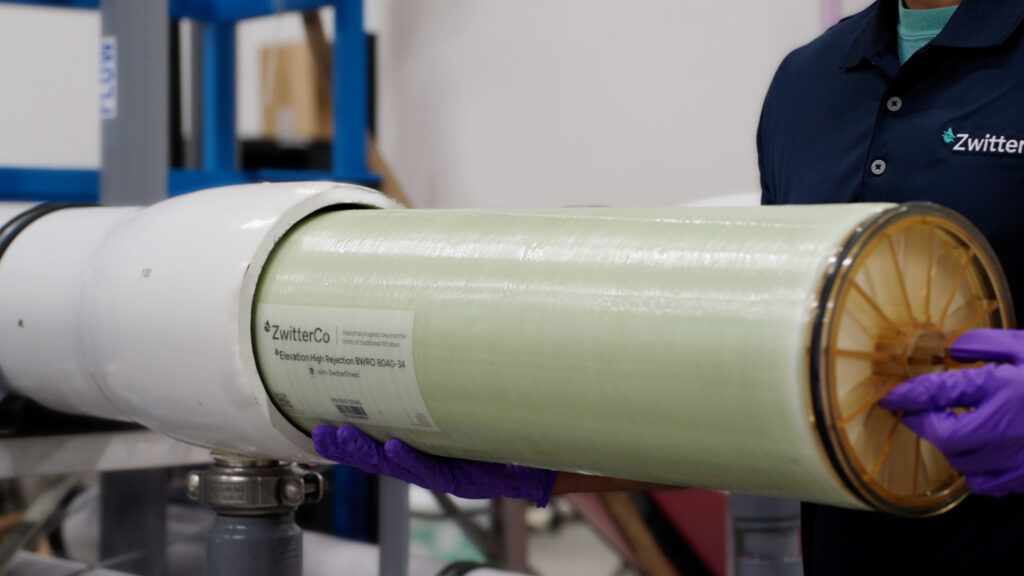Crafting quality beverages is your passion but ignoring your wastewater could be draining your profits. For breweries and distilleries, wastewater is a byproduct that’s often underestimated in cost and complexity.

High-strength organics, variable pH, and intensive cleaning cycles make treatment more difficult than many producers anticipate and can cause significant operational headaches and expense.
Here are five common brewery and distillery wastewater mistakes and what you can do to avoid them.
- Assuming Municipal Systems Can Handle It
- Treating Brewery Wastewater Like It’s “Just Water and Yeast”
- Overlooking the Cost of Frequent CIPs and Lost Product
- Overspending on Specialty Chemicals
- Ignoring Water Reuse Potential
1. Assuming Municipal Systems Can Handle It
Most brewers and distillers rely on municipal treatment plants to manage their wastewater. After all, what’s simpler than solving wastewater disposal than “the drain?” But few municipalities are equipped to handle the high-strength organic loads or cyclicality that come with brewing and distilling. If your effluent is overloading the system, you may be facing hefty surcharges—or worse, discharge violations that can threaten to shut down operations or expansions.
The Fix:
Don’t assume your waste will go unnoticed. Regularly test your BOD, TSS, and FOG levels and compare them to discharge limits. For facilities discharging high volumes, on-site treatment may offer a faster payback than you’d expect, especially when utilizing with technologies designed for organic-heavy streams.
2. Treating Brewery Wastewater Like It’s “Just Water and Yeast”
Many breweries and distilleries think of their wastewater as relatively benign—just rinse water, spent yeast, and some residual sugars and alcohol. In reality, even a single CIP cycle or spilled batch can spike BOD and create wide pH swings that strain downstream treatment processes. And brewery and distillery wastewater in general is far more complex, comprising complex organic material like proteins and amino acids, polysaccharides and carbohydrates, fats and oils, phenolic compounds, and cellular debris.
The Fix:
Recognize that your wastewater can be highly complex, variable, and sometimes very aggressive. Deploying equalization tanks, pH control, and treatment technologies specifically built for high-strength organic loads prevent major headaches and smooth out operations.
3. Overlooking the Cost of Frequent CIPs and Lost Product
Cleaning-in-Place (CIP) is critical for product quality and equipment maintenance—but every rinse cycle adds chemicals, organics, and water volume to your wastewater. Some facilities even send spilled product down the drain, turning valuable ingredients into costly pollutants.
The Fix:
Optimize your CIP protocol to reduce water and chemical waste. Capture and divert high-strength waste like first rinses or product spills for targeted treatment or beneficial reuse. Separating these streams can dramatically reduce the cost of treatment.
4. Overspending on Specialty Chemicals
Formulated chemical cleaners are costly and wind up being a major expense for breweries and distilleries. Many areas of your operation require specialty cleaning chemicals but your membrane systems shouldn’t. Filtration systems that require ever more expensive, specialized chemical cleanings just to maintain performance is a surefire sign you are utilizing the wrong membrane type.
The Fix:
Conventional membranes and material chemistries, even those branded as anti-fouling today, are not cut out for the high level of organic loading seen in brewery and distillery wastewater. However, opting for ZwitterCo’s zwitterionic membranes offer the industry’s highest resistance to organic fouling and can save thousands in chemical expenses. They can also be directly replaced for existing conventional membranes in your system.
5. Ignoring Water Reuse Potential
Water is central to brewing and distilling—not just in your products, but throughout the entire process. Yet many facilities send every gallon of wastewater straight to the drain, missing a major opportunity to reduce costs, improve sustainability, and protect against future water supply constraints.
As regions tighten industrial water usage and discharge standards, forward-thinking producers are turning their attention to water reuse. The problem? Traditional treatment systems often can’t recover water consistently and economically in streams where significant levels of fats, sugars, and organics are involved.
The Fix:
Start thinking of wastewater as a resource, not just a cost. With advanced treatment—like ZwitterCo’s zwitterionic membranes—you can reliably recover clean water from your toughest waste streams. Whether reused in CIP systems, landscaping/irrigation, toilet and urinal flushing, tank washdowns or other non-product contact operations, water reuse can significantly reduce operating costs and your facility’s environmental footprint.
ZwitterCo membranes enable water reuse where others fail, handling high-strength brewery and distillery waste with ease. That means you can recover more water, clean less often, and move toward more sustainable operations while saving money.
How ZwitterCo Can Help
ZwitterCo’s breakthrough membranes are designed to handle exactly the kind of wastewater breweries and distilleries produce—high-strength, variable, and organic-rich. Our membranes don’t just tolerate challenging wastewater—they thrive in it.

With ZwitterCo membranes, you get:
- High water recovery even in streams with challenging organics
- Low cleaning frequency thanks to our zwitterionic membrane’s unmatched fouling resistance
- Durable performance under variable pH, temperature, and organics loading
- A path to reuse or compliant discharge—even for the toughest waste streams
Whether you’re upgrading an existing system or planning new infrastructure, ZwitterCo makes it easier to meet your environmental goals and regulatory requirements—without compromising on quality or uptime.
Want to stop wastewater from draining your profits? Learn more here.

